New roads, new climbs for Tour of California
Race to traverse Golden Gate Bridge on final stage
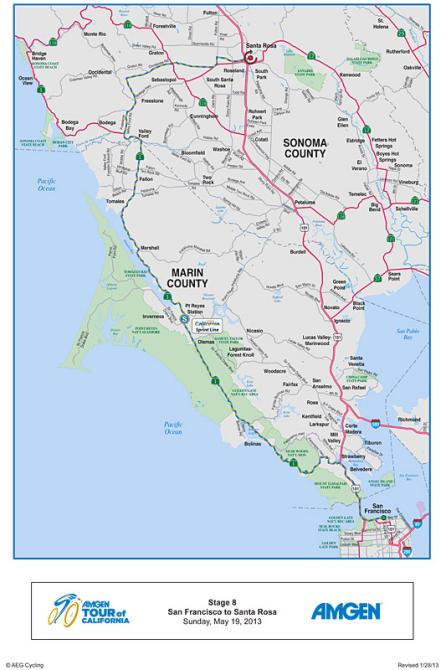
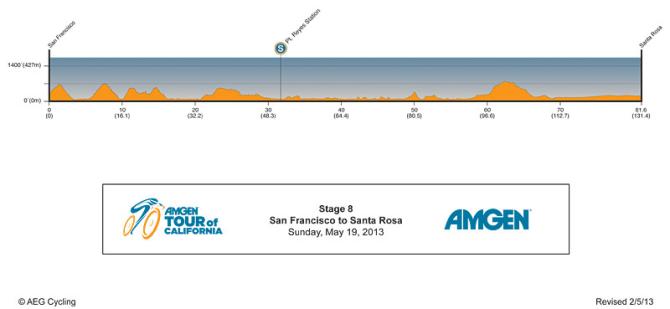
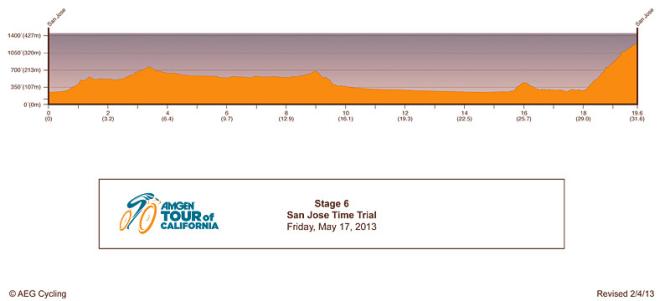
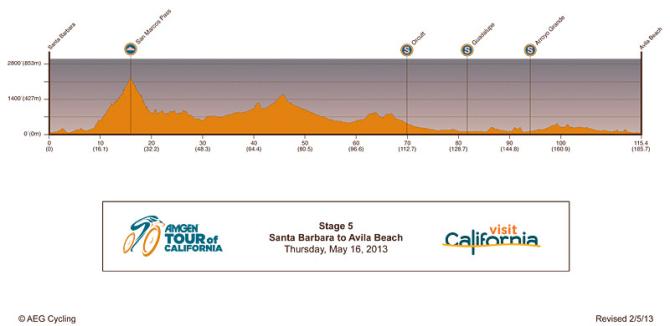
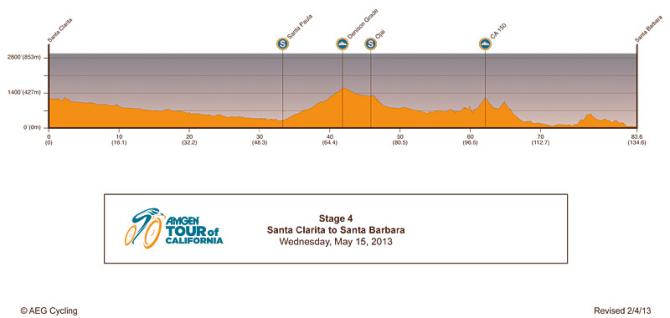

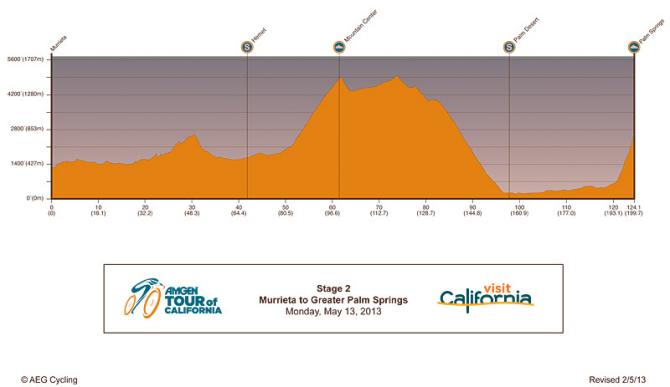
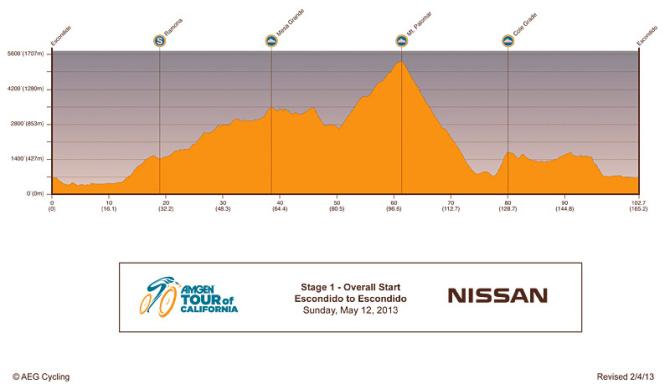
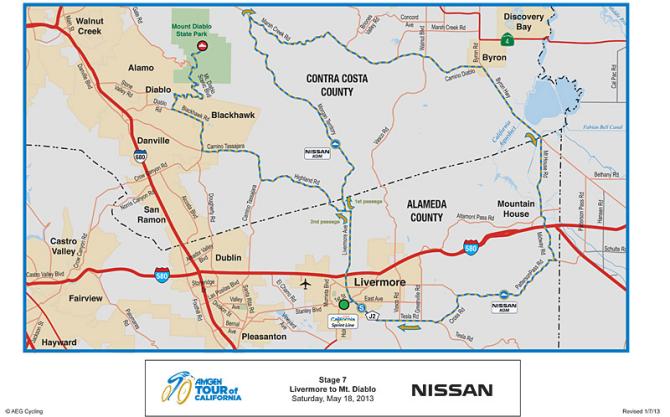
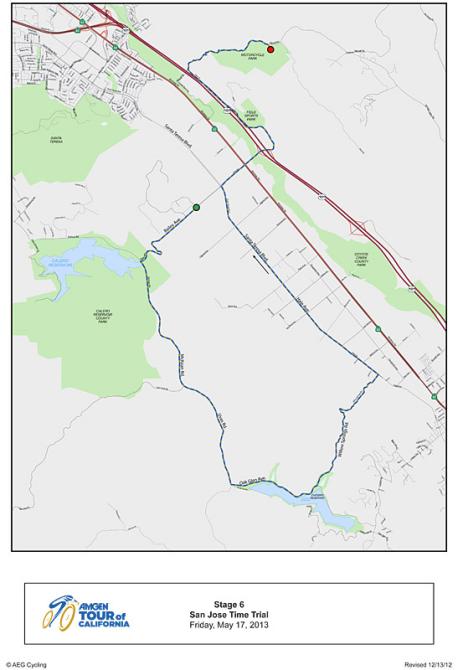
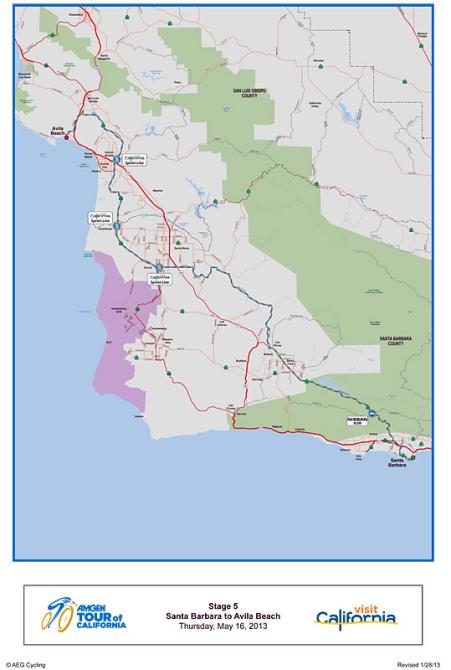
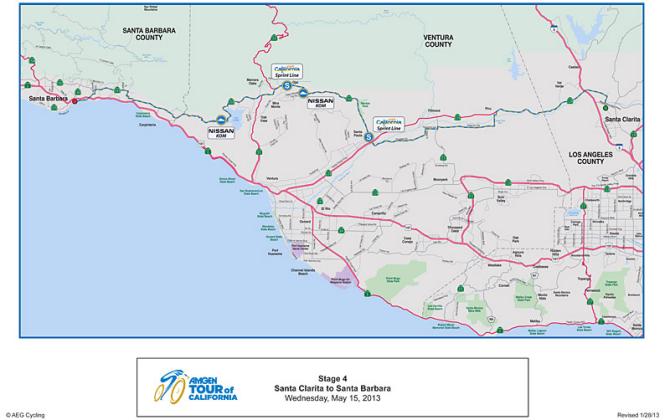
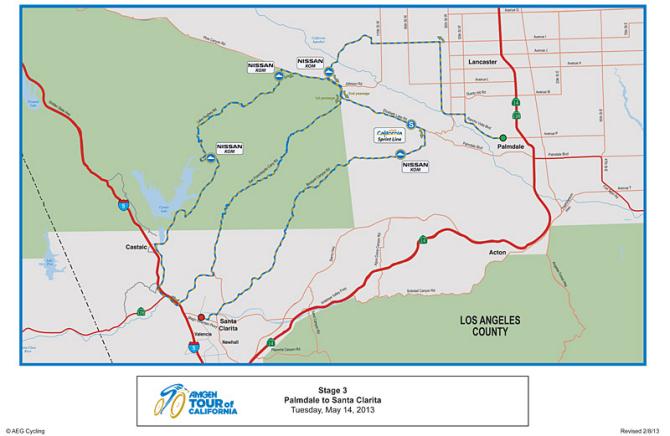
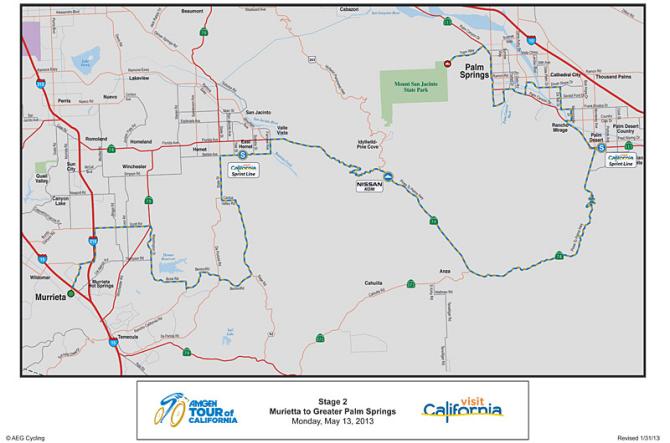
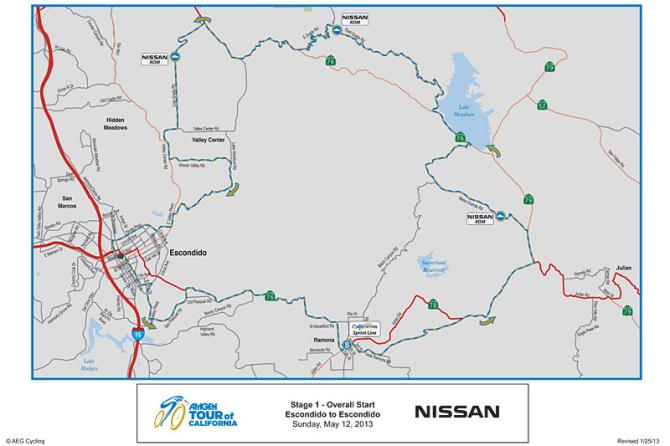
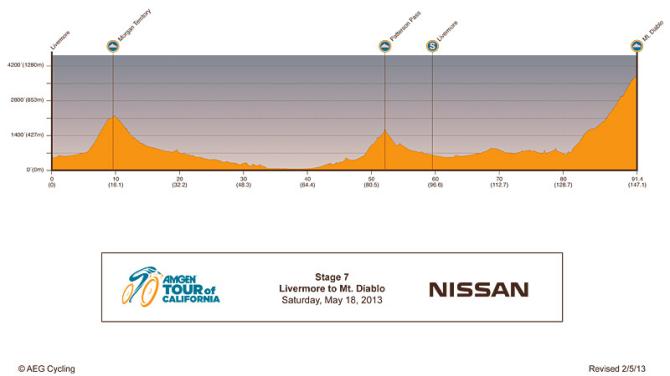
The details of the 2013 Tour of California were announced today, and with the new south-to-north direction comes new roads and new climbs for the race’s eighth edition.
The race will begin and end with some of the most well-travelled bicycle routes in all of California: from the East Peak ascent of Mt. Palomar in the opening stage in Escondido to the scenic trip up Highway 1 from San Francisco to Santa Rosa, riders in these cycling hotbeds will be familiar with each and every turn.
Stage 1 will head east from Escondido to Ramona, turning up Old Julian Rd. before meeting up with highway 78 and 79 en route to Mesa Grande Rd. The undulating ascent will then drop riders down to Lake Henshaw where they will begin the climb up Mt. Palomar’s more gentle East Peak Rd. A fast, technical descent will bring riders down to Cole Grade Rd. and one last KOM sprint before the return to Escondido via Valley Center.
Stage 2 will be one of the longer stages in Tour of California history. Clocking in at 199.7km, the route from Murrieta to Greater Palm Springs has a small surprise: after heading through the San Jacinto Mountains, the riders will drop down into the Palm Desert and head straight to the brand new climb up Tramway Road for the finish. It is a challenging climb unlikely to yield a Peter Sagan sprint victory.
Stage 3 from Palmdale to Santa Clarita will also take in new roads. The organisers could have gone back to the Angeles Mountains which were used in the approach to Big Bear and Mt. Baldy in previous years, but instead chose to take a western route that zigzags back and forth across the Sierra Pelona Mountains northeast of the finishing town. The long, gradual downhill into the finish could provide the race’s first bunch sprint.
After the first three potentially hot stages, the fourth heads west to the Pacific Ocean and its cooling breezes, taking in a couple small climbs and probably a strong headwind en route to the sprint finish in Santa Barbara.
On stage 5, the riders must tackle the steep and windy San Marcos Pass early in the day, but then have a mostly calm stage along the northern route to Avila Beach.
Get The Leadout Newsletter
The latest race content, interviews, features, reviews and expert buying guides, direct to your inbox!
A long transfer follows before the riders must tackle the San Jose time trial. Although similar to the previous edition from 2006, this year’s route has a sting in its tail: the nearly 1,000 ft climb with pitches of 10% or more up Metcalf Road.
With the time trial pain fresh in their legs, the riders will take on the biggest mountain top finish that Northern California has seen when they finish atop Mt. Diablo. The route takes in a circuit around Livermore including Patterson Pass before sending the riders up the 4.5-mile long ascent which will undoubtedly be lined by thousands of fans.
The grand finale will take place starting in San Francisco’s Marina Green, sending the riders over the Golden Gate Bridge and through Sausalito before heading up the scenic Highway 1. The route bypasses Mt. Tamalpais, which will disappoint the local fans, but the riders will be relieved to avoid its torturous slopes on the fast track to Santa Rosa for the final stage.

Laura Weislo has been with Cyclingnews since 2006 after making a switch from a career in science. As Managing Editor, she coordinates coverage for North American events and global news. As former elite-level road racer who dabbled in cyclo-cross and track, Laura has a passion for all three disciplines. When not working she likes to go camping and explore lesser traveled roads, paths and gravel tracks. Laura specialises in covering doping, anti-doping, UCI governance and performing data analysis.